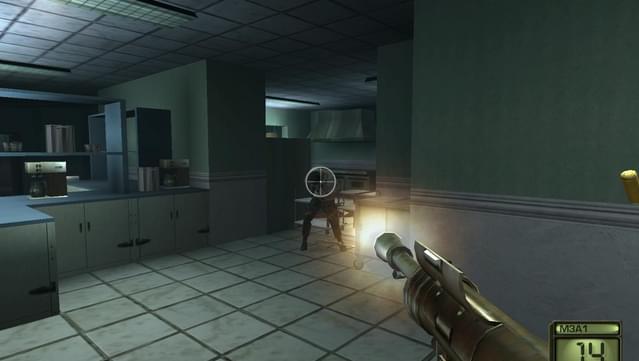

Russell and Taylor 8eįacilitate entry, exit, and placement of material, products, and people Incorporate safety and security measures Promote product and service quality Encourage proper maintenance activities Provide a visual control of activities Provide flexibility to adapt to changing conditions Increase capacity © 2014 John Wiley & Sons, Inc. Minimize material-handling costs Utilize space efficiently Utilize labor efficiently Eliminate bottlenecks Facilitate communication and interaction Reduce manufacturing cycle time Reduce customer service time Eliminate wasted or redundant movement © 2014 John Wiley & Sons, Inc. Percent of capacity utilization that minimizes unit cost Capacity cushion percent of capacity held in reserve for unexpected occurrences Diseconomies of scale higher levels of output cost more per unit to produce © 2014 John Wiley & Sons, Inc. Russell and Taylor 8eĨ Operating Level Best operating level Capacity cushion Russell and Taylor 8eħ Economies of Scale Unit cost decreases as output volume increasesįixed costs can be spread over a larger number of units Production or operating costs do not increase linearly with output levels Quantity discounts are available for material purchases Operating efficiency increases as workers gain experience © 2014 John Wiley & Sons, Inc. Volume and certainty of anticipated demand strategic objectives costs of expansion and operation Best operating level % of capacity utilization that minimizes unit costs Capacity cushion % of capacity held in reserve for unexpected occurrences © 2014 John Wiley & Sons, Inc. Russell and Taylor 8eĦ Capacity Expansion Capacity increase depends on Best operating level

Maximum capability to produce Capacity planning establishes overall level of productive resources for a firm Capacity expansion strategy in relation to steady growth in demand lead lag average © 2014 John Wiley & Sons, Inc. Russell and Taylor 8eĤ Capacity Planning Capacity Capacity planning Russell and Taylor 8eģ Learning Objectives Evaluate different strategies for capacity expansion Explain the concepts of economies of scale, best operating level, and cycle time Describe the advantages and disadvantages of different types of layouts in both manufacturing and service settings Visualize work flow and utilize algorithmic problem solving to lay out a facility Create and evaluate hybrid layouts and hybrid solutions to problems © 2014 John Wiley & Sons, Inc. Chapter 7 Capacity and Facilities Design Russell and Taylor Operations and Supply Chain Management, 8th EditionĢ Lecture Outline Capacity Planning – Slide 4 Basic Layouts – Slide 12ĭesigning Process Layouts – Slide 19 Designing Service Layouts – Slide 31 Designing Product Layouts – Slide 33 Hybrid Layouts – Slide 47 © 2014 John Wiley & Sons, Inc.


 0 kommentar(er)
0 kommentar(er)
